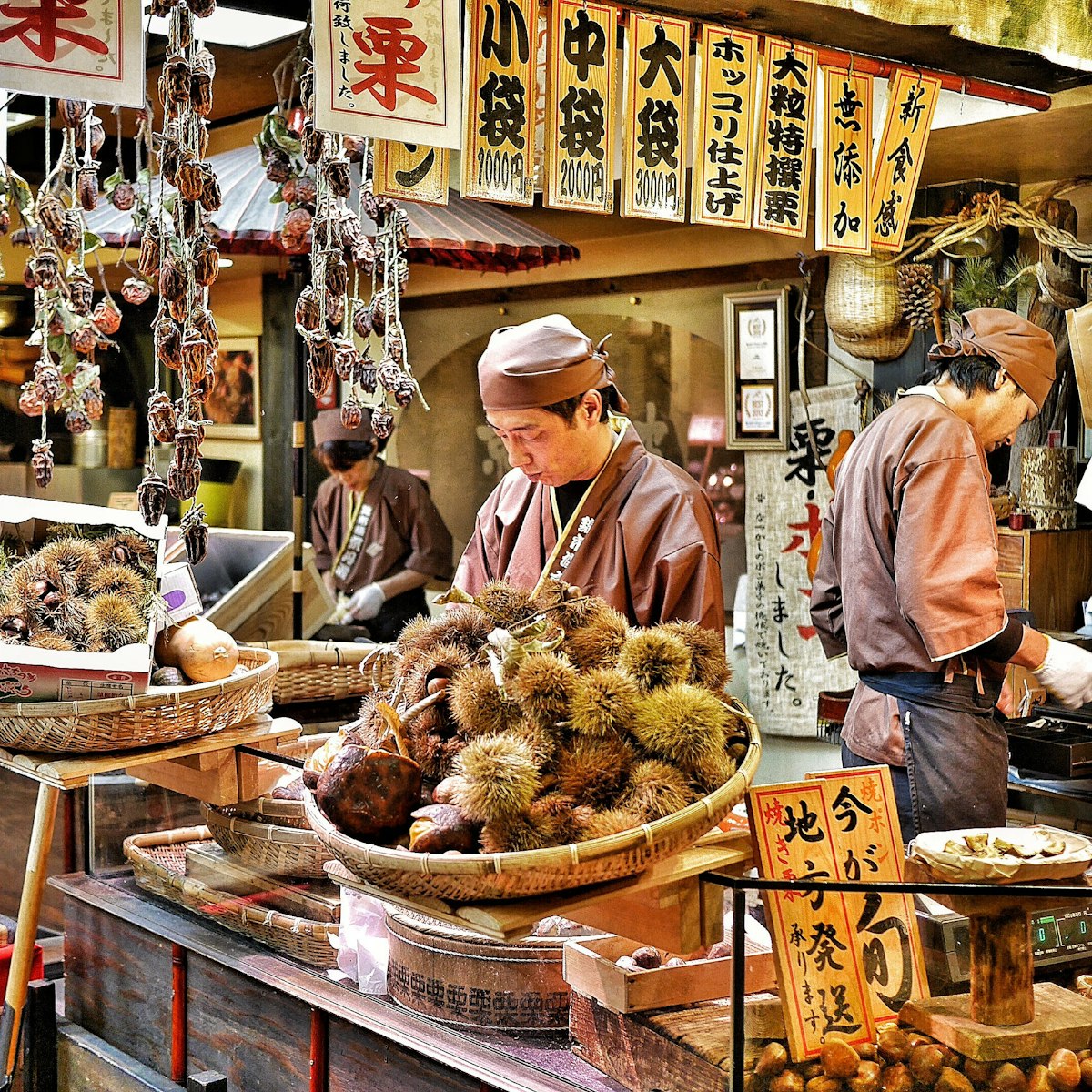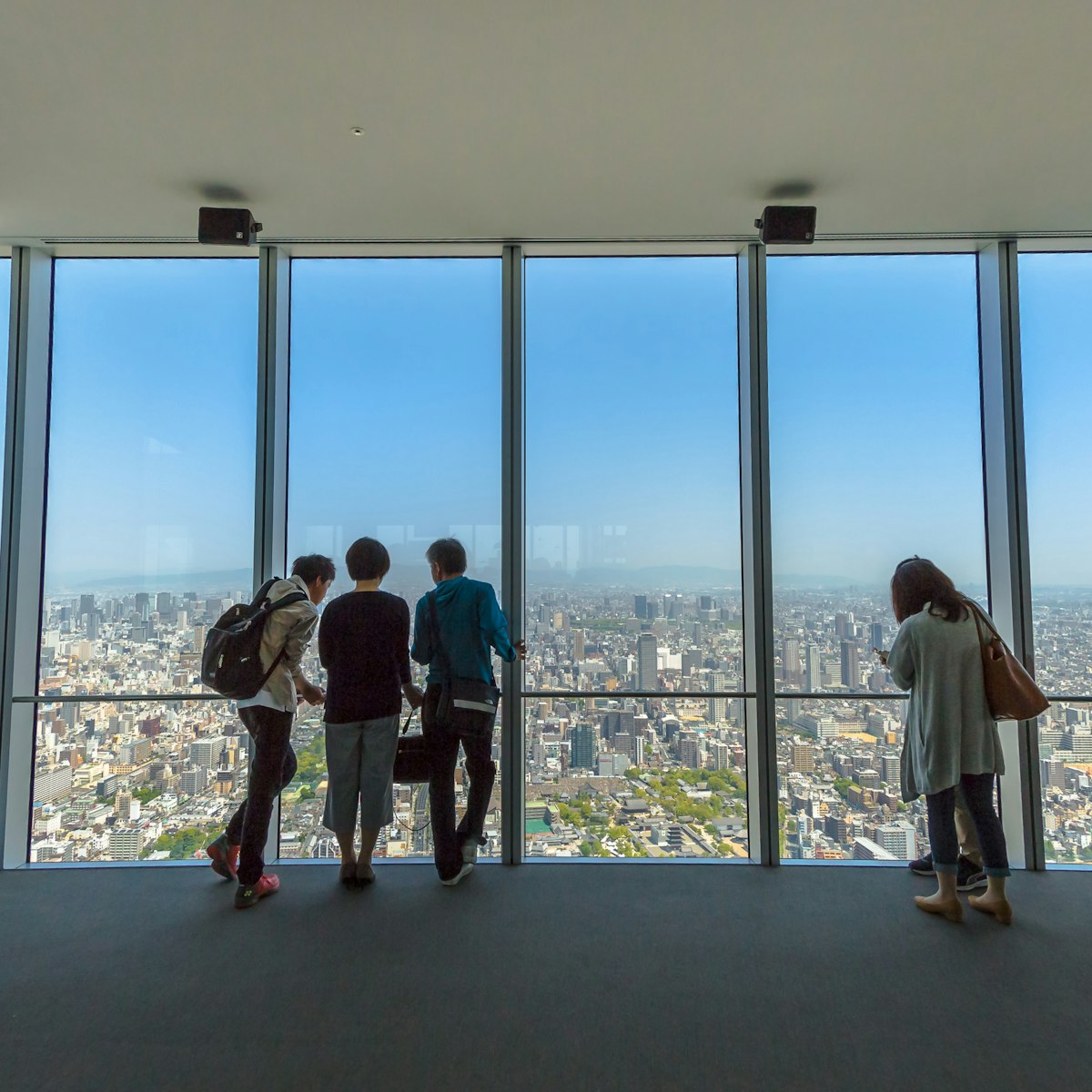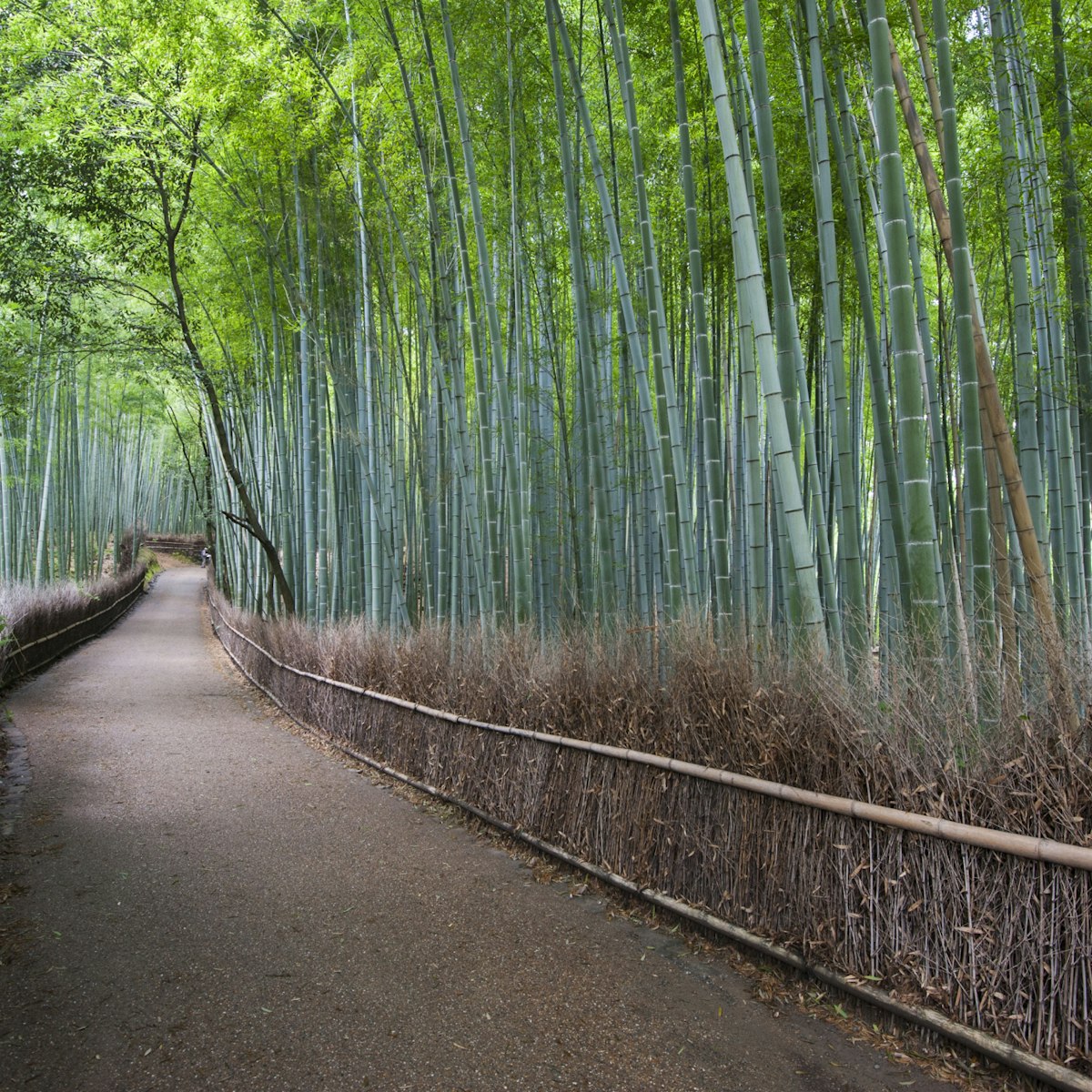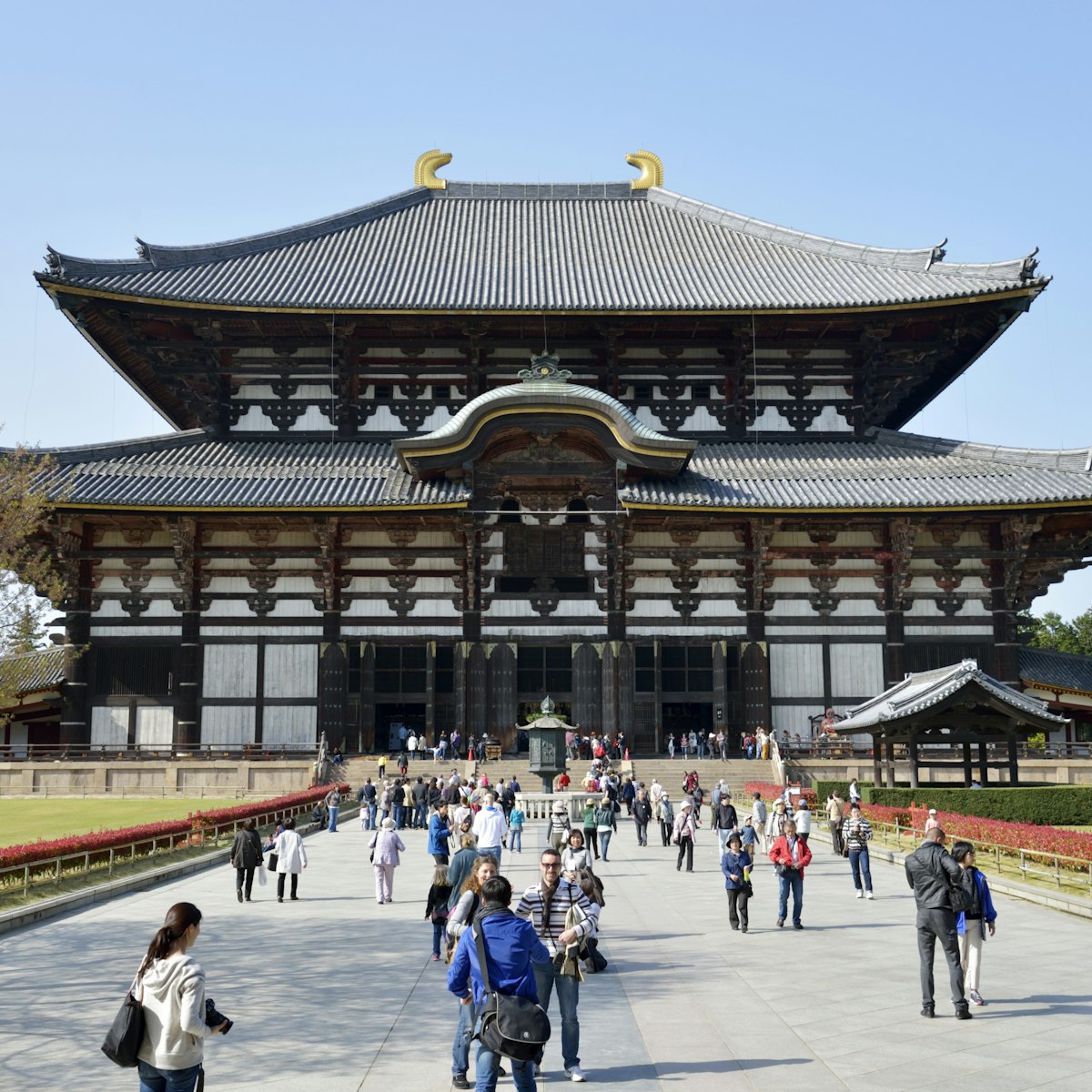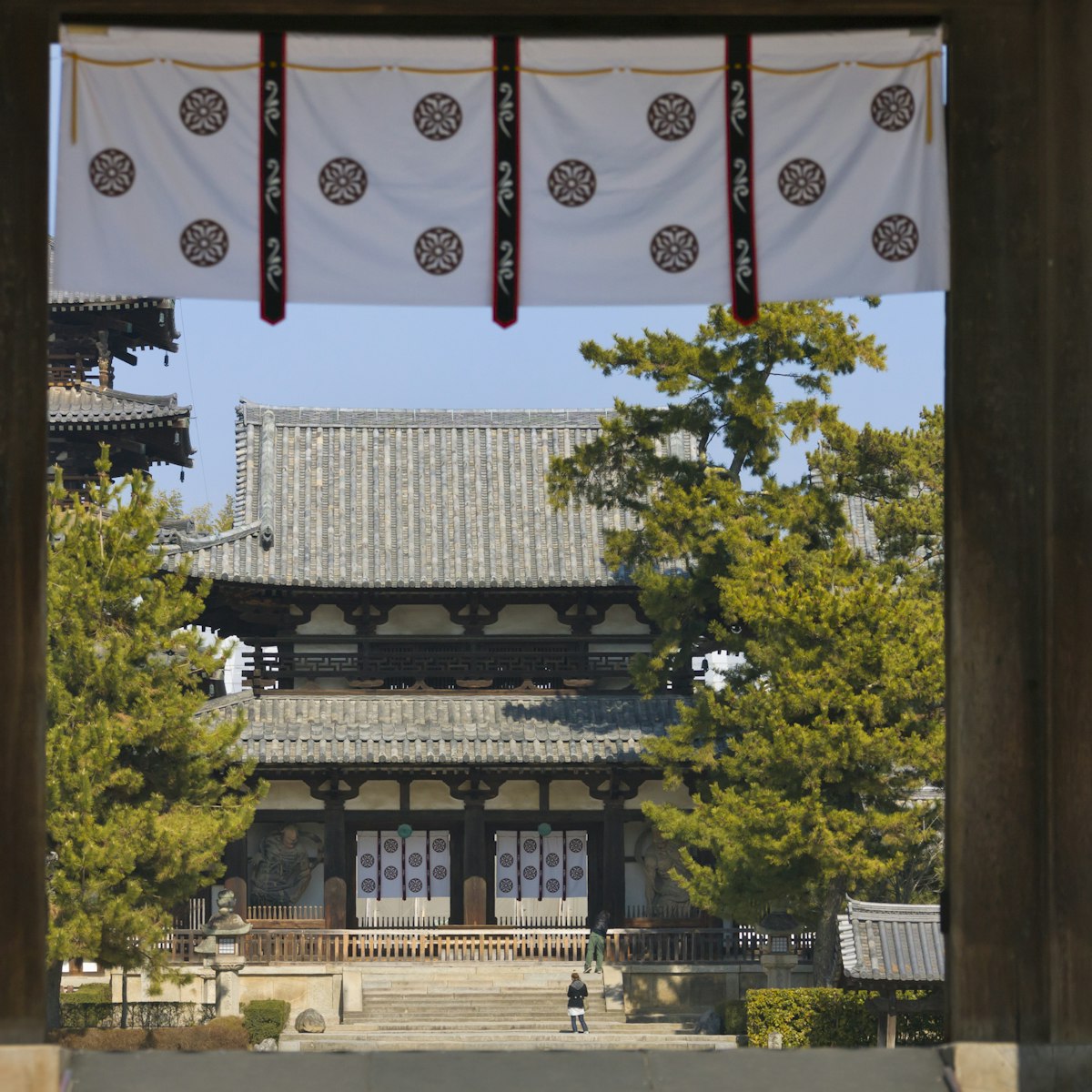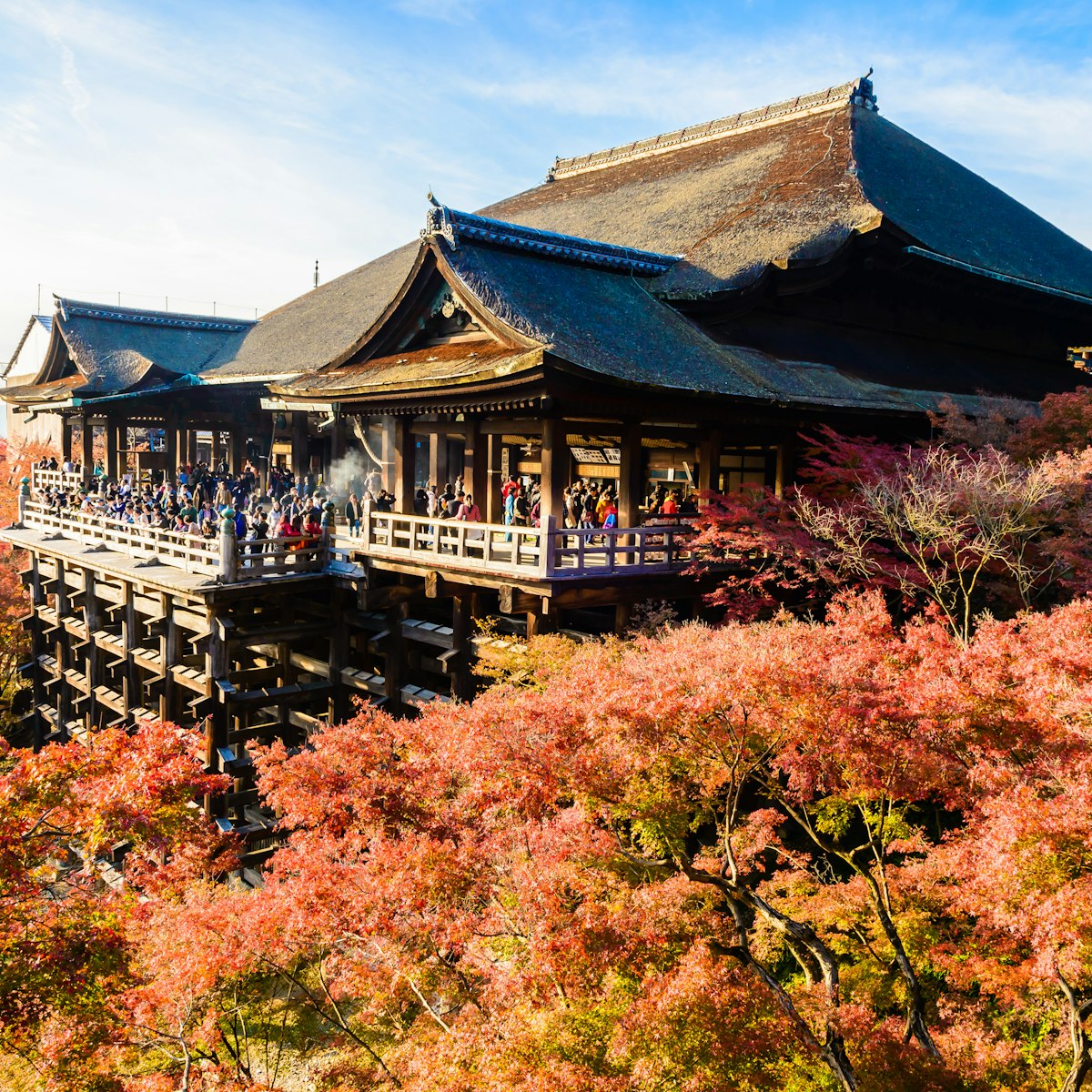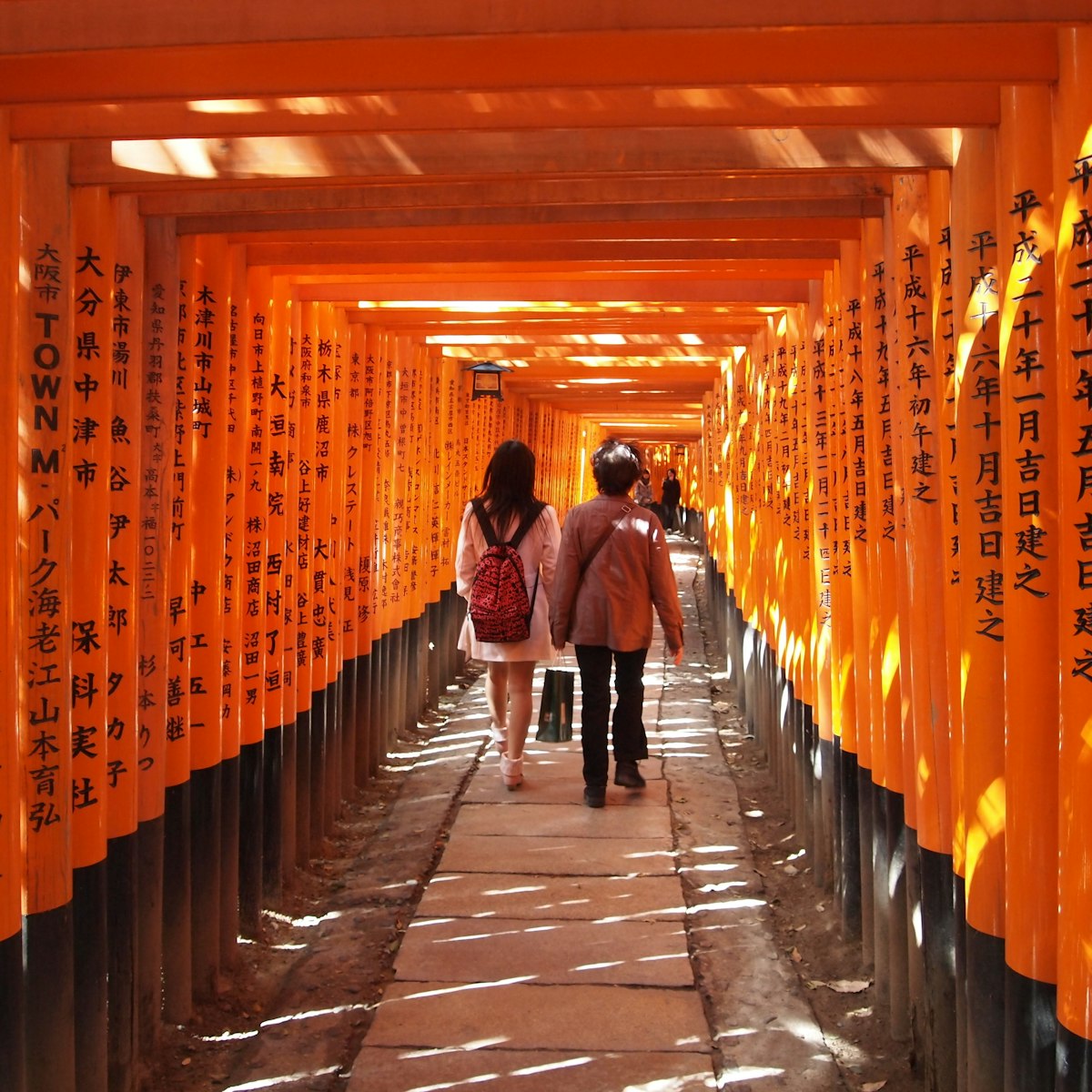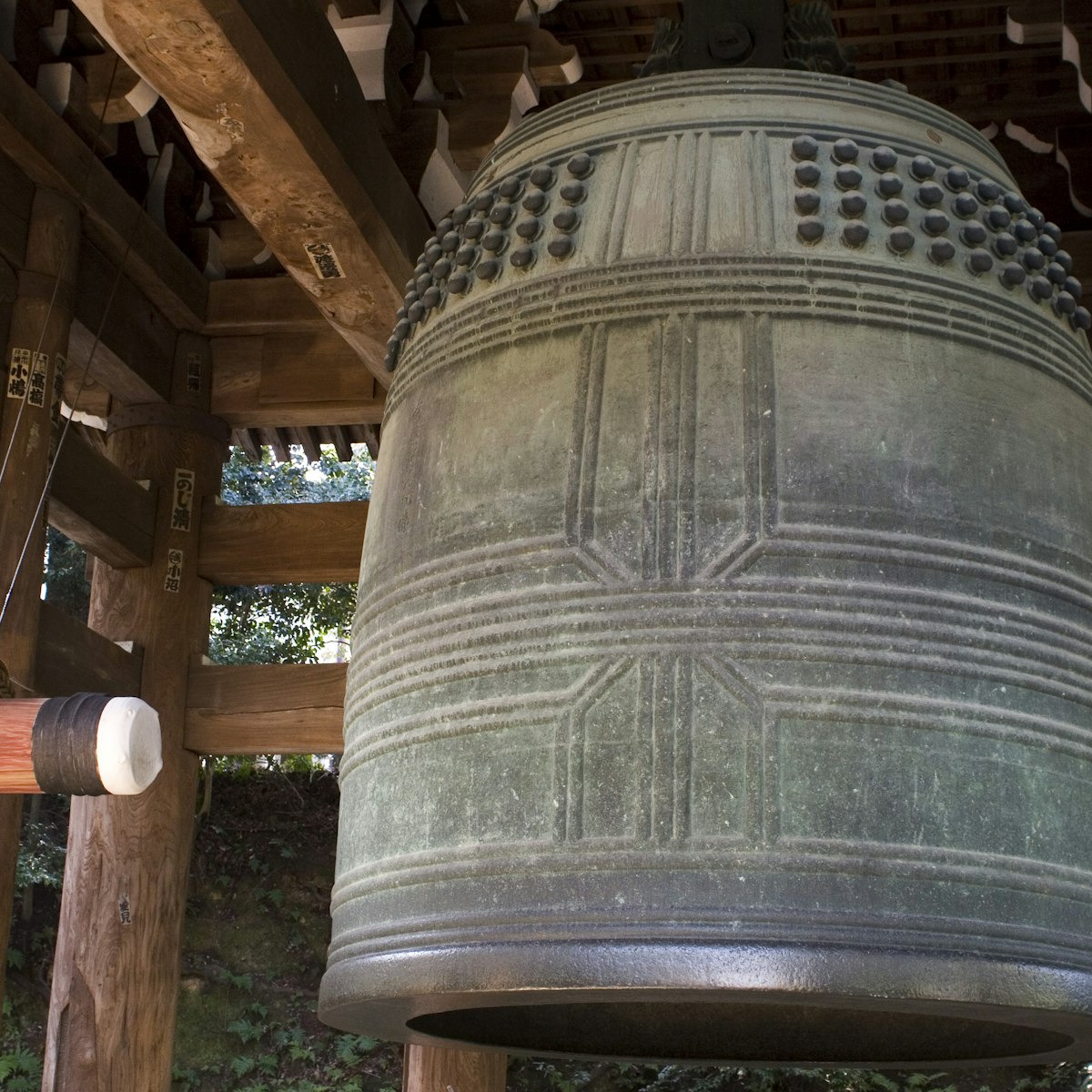Yakushi-ji was established by Emperor Temmu in 680 as a prayer for his ailing wife (who actually outlived him to accede to the throne). With the exception of the East Pagoda, which dates to 730 (and is under scaffolding for restoration until 2020), the present buildings either date from the 13th century or are very recent reconstructions. Inside, however, are some masterpieces of Buddhist art.
The temple's Kondō (Main Hall), rebuilt in 1976, houses several images, including the famous Yakushi Triad (the Yakushi Nyorai – healing Buddha – flanked by the bodhisattvas of the sun and moon), dating from the 8th century. The gilt-bronze statues were originally gold, but a fire in the 16th century turned the images a mellow black. In the Tōin-dō (East Hall), the famous 7th-century Shō-Kannon image shows the obvious influence of Indian sculptural styles.
Exit to the north of the temple to walk to Tōshōdai-ji.
By train, take the Kintetsu Nara line to Yamato-Saidaiji Station and transfer to the Kintetsu Kashihara line to Nishinokyō Station (¥260, 20 minutes). The temple is about 200m southwest.
Bus 78 departs from stop 8 at Nara Kintetsu Station and stop 6 at JR Nara Station for Yakushi-ji (¥350, 20 to 25 minutes, 7am to 4.40pm). Bus 98 also departs from the same bus stops for Yakushi-ji Chūshajō (¥350, 20 to 25 minutes, hourly), the temple's parking lot. Returning to Nara, take bus 77 or 97 from the Yakushi-ji Higashi-guchi bus stop, on the eastern side of the temple. Bus travel to/from Yakushi-ji is covered by the Nara Park Nishinokyō one-day bus pass (¥500).
